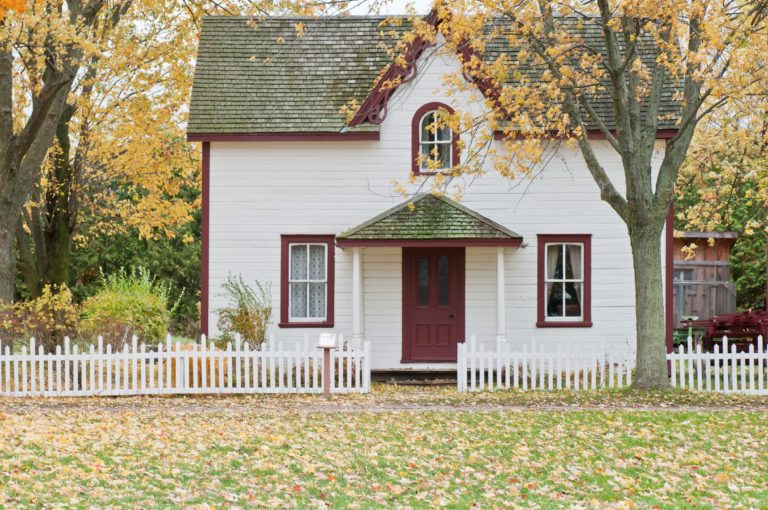
How Does Medicaid Count Assets?
For seniors and their families, figuring out how Medicaid works usually happens when an emergency occurs, and things have to be done in a hurry. This is when expensive mistakes happen. Understanding how Medicaid counts assets, which determines eligibility, is better done in advance, says the article “It’s important to understand how Medicaid counts your resources” from The News-Enterprise.
Medicaid is available to people with limited income and assets and is used most commonly to pay for long-term care in nursing homes. This is different from Medicare, which pays for some rehabilitation services, but not for long-term care.
Eligibility is based on income and assets. If you are unable to pay for care in full, you will need to pay nearly all of your income towards care and only then will Medicaid cover the rest. Assets are counted to determine whether you have non-income sources to pay for care.
Married people are treated differently than individuals. A married couple’s assets are counted in total, regardless of whether the couple owns assets jointly or individually. The assets are then split, with each spouse considered to own half of the assets for counting purposes only. Married couples have some additional asset exemptions as well.
Not all resources are considered countable. Prepaid funeral expenses, a car used to transport the person in the care family and qualified retirement accounts may be exempt from Medicaid’s countable asset limits.
For married couples, their residence for a “Community Spouse”—the spouse still living at home, and a large sum of liquid assets, are also excluded. Many non-countable assets are very specific to the individual situation or current events. For example, stimulus checks were exempt assets, but only for a limited time.
Medicaid sets a “snapshot” date to determine asset balances because some assets change daily. For unmarried individuals, all asset protections and spend-downs must happen prior to submitting the application to Medicaid. A detailed explanation must be included, especially if any assets were transferred within five years of the application.
For married couples, a Resource Assessment Request should be submitted to Medicaid before any action is taken. This document details all resources Medicaid will count and specifies exactly how much of these resources must be “spent down” by the institutionalized spouse for eligibility.
In many cases, assets are preserved by turning the countable asset into a non-countable income stream to the spouse remaining at home.
Medicaid application is a complicated process and should be started as soon as it becomes clear that a person will need to enter a facility. Understanding options early in the process makes it more likely that property and assets can be preserved, especially for the spouse who remains at home.
Reference: The News-Enterprise (Oct. 5, 2021) “It’s important to understand how Medicaid counts your resources”

